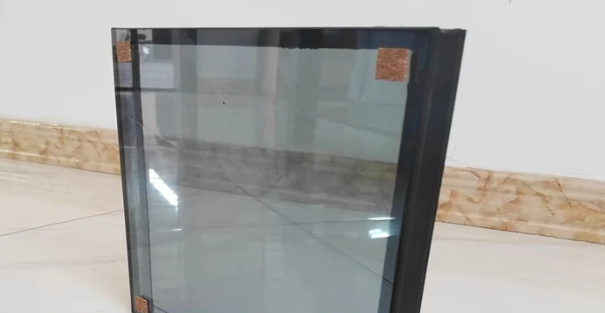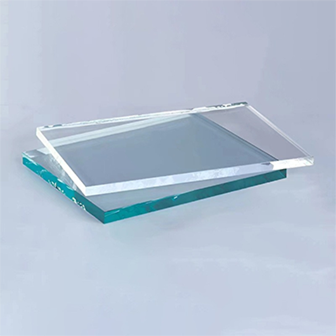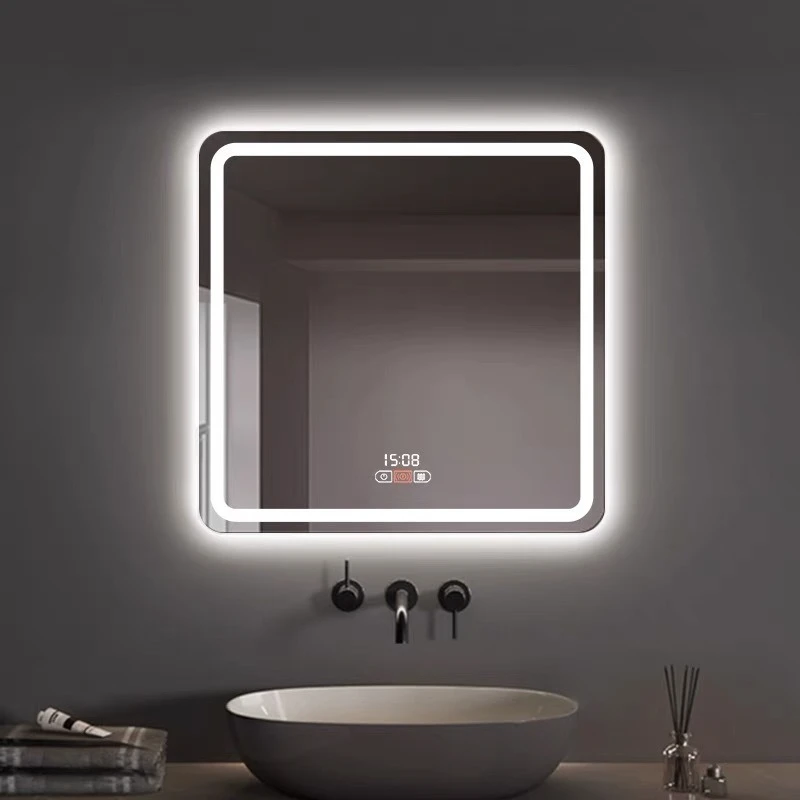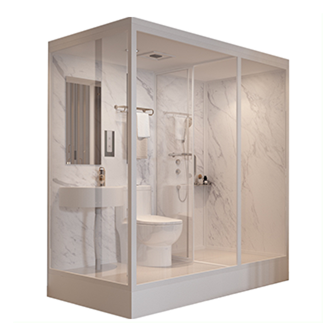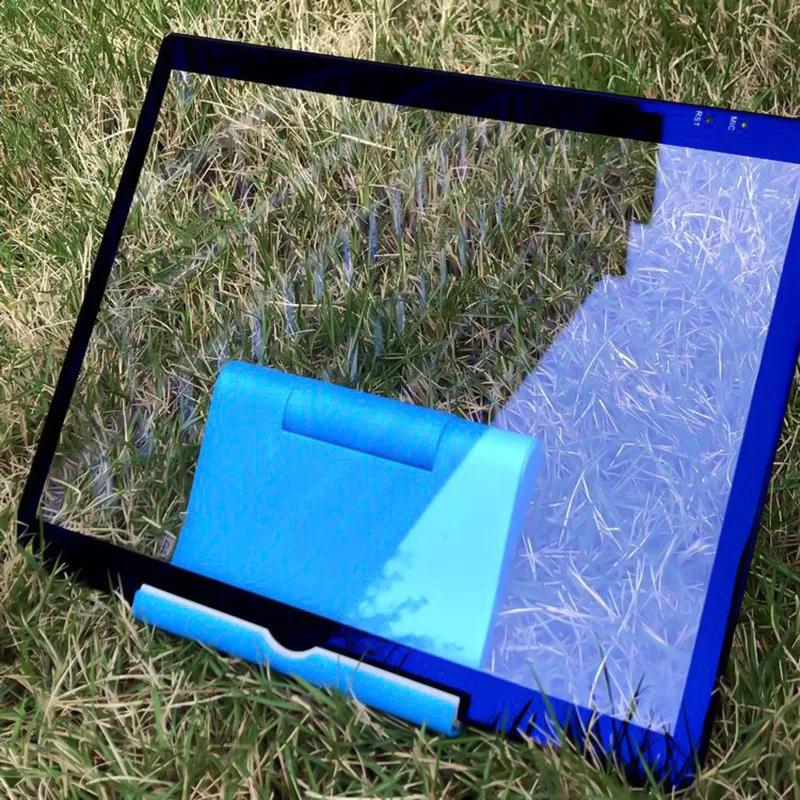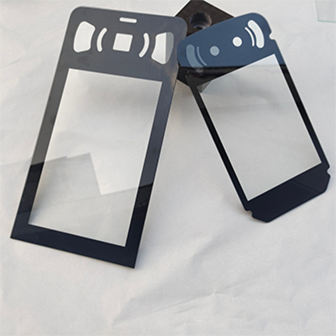Aug . 23, 2025 20:07 Back to list
Low E insulated glass for cold climates
Low E insulated glass for cold climates represents a specialized advancement in architectural glazing, engineered to address the unique thermal challenges of frigid environments where heat retention and condensation control are paramount. Insulated glass is a type of energy-efficient glass designed to reduce thermal transfer while allowing the transmission of visible light. It typically consists of two or more sheets of flat glass, forming an insulating glass unit (IGU). In modern architectural field, IGUs are commonly installed in residential or commercial buildings as window panes or as part of curtain walls. We focus on offering one-stop solutions on glass processing for global OEM/ODM customers. In order to make precision processing glass, we have equipped with 45m-long tempering furnace, Intermac CNC work center, Intermac cutting table, Double edge grinding machine, waterjet, PVB and EVA laminating lines. We also have an acid etching line, two silkscreen-printing lines, and 2 mirror lines to meet all-round needs of customers. This expertise enables us to refine insulated glazing, low e insulated glass panels, and support insulated glass suppliers in delivering solutions that excel in extreme cold, from arctic residential buildings to sub-zero industrial facilities.
Triple-Glazed Thermal Traps in Insulated glazing
- Argon-Krypton Blend Infill: Insulated glazing for cold climates uses a 70/30 argon-krypton gas mix between panes, reducing thermal conductivity by 15% compared to standard argon fills. Our precision sealing process, using advanced PVB laminating lines, ensures gas retention rates exceed 90% over 20 years—critical for maintaining efficiency in remote cold regions.
- Variable Spacer Design: The aluminum spacers in insulated glazing are engineered with thermal breaks spaced 3cm apart, minimizing cold bridge formation.
- Vacuum-Enhanced Edges: A micro-vacuum seal along the perimeter of insulated glazing units prevents moisture ingress, a common issue in cold climates where temperature fluctuations cause condensation. This feature, unique to our processing, extends IGU lifespan by 5+ years.
Low E Coating Layering in Low e insulated glass panels
- Dual-Sided Low E Application: Low e insulated glass panels feature Low E coatings on both internal surfaces of the dual panes, reflecting about 90% of infrared radiation back into the building.
- Tint-Integrated Coatings: A subtle blue tint in low e insulated glass panels enhances solar heat gain coefficient (SHGC) by 10%, capturing more passive solar energy in winter months. The tint works synergistically with the Low E layer, balancing light transmission and heat retention.
- Cold-Weather Reliability: Our Low-E insulated glass panels are manufactured with high-performance edge seals cured at 120°C, ensuring long-term adhesion and flexibility. This enables the units to withstand temperatures down to -40°C without risk of seal failure or gas leakage.
Condensation Mitigation in Insulated glass suppliers
- Surface Temperature Regulation: Our insulated glass units are engineered with optimized 12mm air/argon gaps and Low-E coatings. Thermal simulations show that when indoor temperatures are 20°C and outdoor conditions fall to -30°C, the internal glass surface can be maintained above 15°C. This minimizes condensation risk and improves occupant comfort.
- Desiccant Placement Innovation: Insulated glass suppliers optimize desiccant technology by fully filling spacers with high-performance molecular sieve materials. Compared with conventional low-density fillings, this approach enhances moisture absorption capacity by 30–50%. As a result, insulated glass units maintain long-term clarity and significantly reduce fogging risks in humid cold environments, such as indoor pools or ice rinks.
- Pressure-Equalized Design: As one of the most prmium insulated glass suppliers in China, our expertise includes pressure-equalizing valves in large IGUs, preventing panel distortion caused by extreme external pressure from snow loads. This ensures the seal remains intact, maintaining insulation performance.
Structural Cold-Resistance in Low e insulated glass panels
- Impact-Resistant Laminates: In cold-climate applications, insulated glass units can incorporate laminated panes with Low-E coatings. A PVB interlayer of 0.76 mm, processed via our PVB lamination lines, maintains strong adhesion and impact resistance even at -50 °C. This design minimizes risks from thermal stress or ice impacts, while ensuring that glass fragments remain safely bonded if breakage occurs.
- Curved Cold-Weather Panels: Our low e insulated glass panels can be curved to follow building contours, reducing snow buildup on exterior surfaces. The Low E coating remains effective on curved surfaces, ensuring uniform thermal performance.
- Thermal Expansion Matching:Our low e insulated glass panels are engineered with spacer materials carefully selected for compatible thermal expansion with glass. This compatibility, combined with high-performance sealants, prevents edge seal failure during rapid temperature swings—critical in regions with daily temperature variations exceeding 30 °C.
Insulated glazing FAQS
How does insulated glazing perform in extreme sub-zero temperatures?
Insulated glazing from our processing facilities maintains thermal efficiency even at -30°C, thanks to triple glazing, argon-krypton fills, and thermal break spacers. The gas mix and precise sealing prevent heat loss, keeping internal surfaces warm enough to avoid condensation.
What makes low e insulated glass panels ideal for cold climate homes?
Low E insulated glass panels combine dual Low E coatings with solar-tinted glass to minimize heat loss while controlling solar heat gain. This balance helps maintain warmer indoor temperatures in winter, reducing reliance on heating systems and improving overall energy efficiency in residential buildings located in cold regions.
How do insulated glass suppliers ensure durability in snowy conditions?
Insulated glass suppliers like us reinforce panels with impact-resistant PVB layers and pressure-equalizing valves, preventing damage from snow loads and ice impacts. Our sealing processes also resist moisture ingress, a key issue in snow-melt cycles.
Can insulated glazing reduce heating costs in commercial buildings?
Yes, insulated glazing significantly reduces heat loss through windows, cutting commercial heating costs by up to 25% in cold climates. The thermal traps and Low E coatings minimize heat transfer, making them ideal for large commercial facades with extensive glazing.
Are low e insulated glass panels compatible with smart home systems?
Low e insulated glass panels can be integrated with smart glass technologies, such as electrochromic tints, during processing. This allows users to adjust light transmission remotely, optimizing solar gain in winter while maintaining insulation—perfect for smart homes in cold regions.
-
Types of Reflective Glass
NewsNov.17,2025
-
What Is Dichroic Glass?
NewsNov.17,2025
-
Smart LED mirrors can have touch controls
NewsNov.17,2025
-
Laminated glass improves energy efficiency
NewsNov.17,2025
-
Insulated glass enhances building comfort
NewsNov.17,2025
-
Acid etched glass offers elegant privacy
NewsNov.17,2025
Related PRODUCTS


